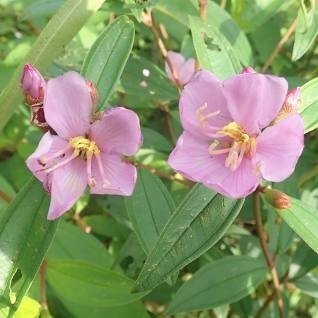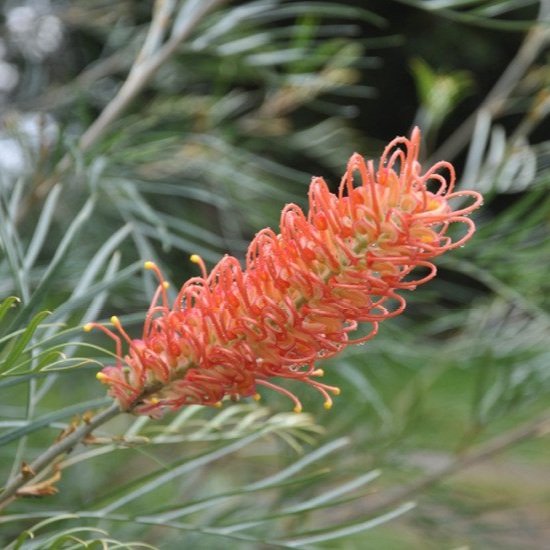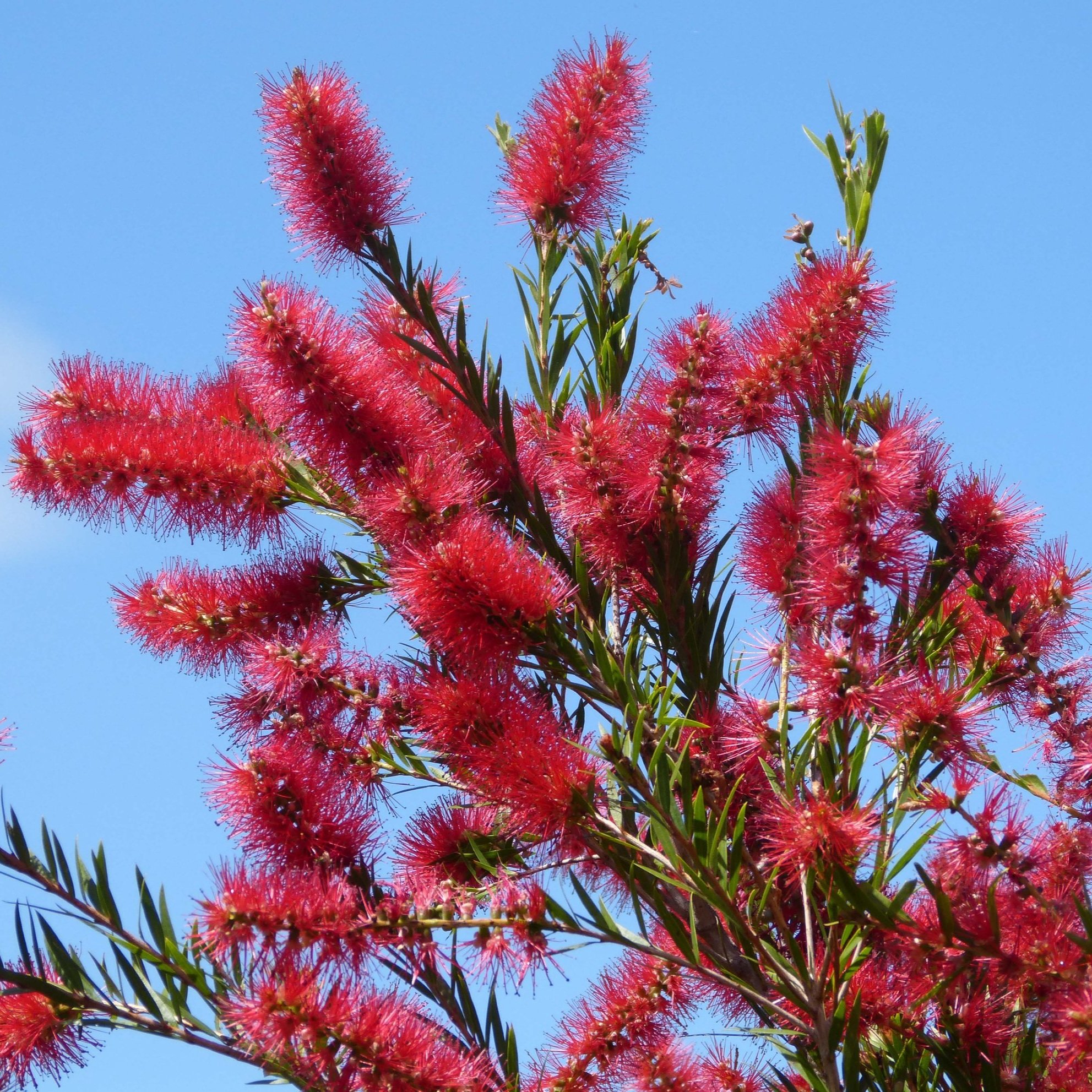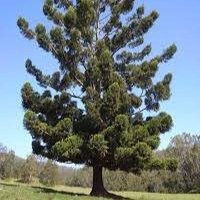Habitat building to entice pollinators to your home
Below are some of our recommended plants to provide Stingless Bees with a balance of pollen, nectar and resin, all of which are necessary for Stingless Bees to thrive. All of these plants will assist in enticing Bees to your garden, and provide diversity in their flowering times to ensure year round food opportunities. The greater the diversity of plants you can provide, the more balanced the diet and more varied the flowering times.
Providing a diversity of flowering plants that bloom throughout the year is crucial to ensure a continuous food source for the Stingless Bees. Naturally, Bees will forage within their flight radius for each of these sources and will be drawn to areas with an abundance of supply. Without any one of these sources within reach, a Stingless Bee colony can not survive.
It's important to note that the availability of these plants may vary depending on your specific location in Australia.
Pollen
Pollen provides Bees with their vitamins, enzymes and protein. It is essential for brood health and development. A diverse pollen diet is particularly important as different pollen sources provide a variety of beneficial compounds and micronutrients.
Macadamia
Melastoma affine (Blue tongue)
Maleluca
Viola hederacea - Native violet
Xanthorrhoea (Grass tree)
Plectranthus graveolens (Bush basil)
Carpobrotus (Pigface)
Nectar
Nectar is a carbohydrate-rich substance that provides stingless bees with the energy they need for their daily activities. It fuels their flight, movement within the nest, foraging, and other essential tasks, as well as being a primary fuel source for their metabolic processes.
Nectar is brought back to the nest, where worker bees process it by regurgitating and evaporating excess moisture. The transformed nectar becomes honey, which serves as a long-term food reserve for the colony. Honey is crucial during times when nectar availability is limited, such as during winter, drought or fire.
Grevillia
Anigozanthos (Kangaroo paw)
Callistemon (Bottlebrush)
Leptospermum polygalifolium (Tea tree)
Resin
Resin is essential for native bees' nest structure, defence, hygiene, communication, and overall nest maintenance, ensuring the well-being and survival of the colony. The Bees combine the resin with wax to produce propolis, which is used for nest construction and providing a waterproof lining. In its raw form, the resign assists with repelling predators and parasites through its stickiness. Importantly, resins produce antimicrobial and antibacterial properties which protect against pathogens, maintaining the hygiene of the hives and providing medicinal support to sick drones.
Banksia
Araucaria cunninghamii (Hoop pine)
Grevillia Robusta (Silky Oak)
Agathis robusta (Kauri pine)
Corymbia citriodora (Lemon scented gum)
















